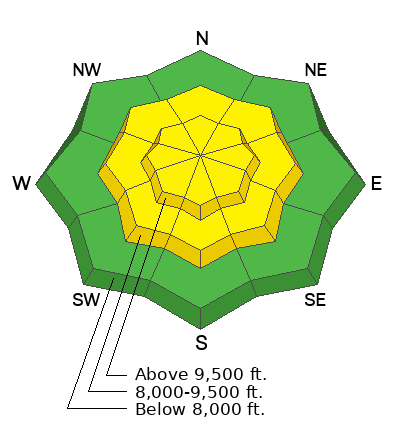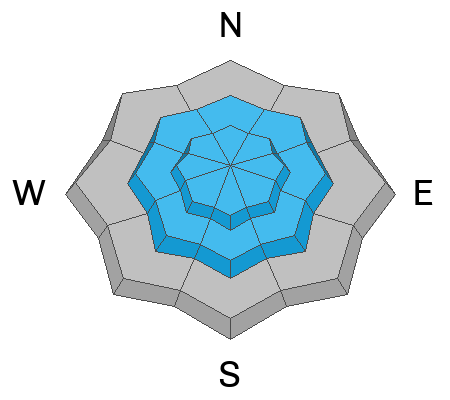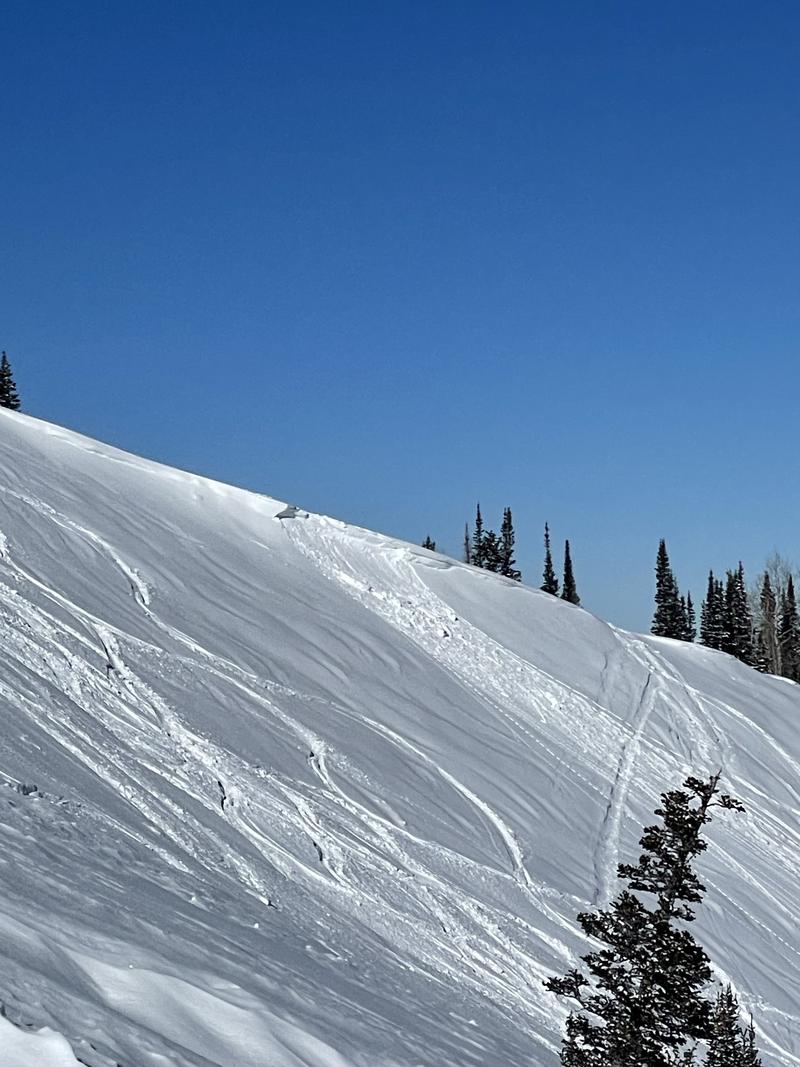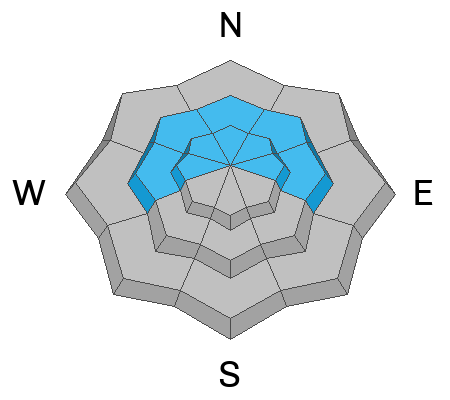Forecast for the Salt Lake Area Mountains

Issued by Dave Kelly on
Tuesday morning, January 21, 2025
Tuesday morning, January 21, 2025
With increased wind speeds and snow available for transport, there is a MODERATE avalanche danger for triggering a wind drifted snow avalanche in mid and upper elevation terrain. There is a possibility of triggering an avalanche failing into the buried facets on mid and upper elevation northwest-north-east facing aspects, particularly on slopes with a thinner snowpack. There is a LOW avalanche danger in low elevation terrain.
Strong winds can often load slopes on all aspects at mid and upper elevations, keep an eye out for pillowy, rounded areas of wind-drifted snow and avoid those slopes.

Low
Moderate
Considerable
High
Extreme
Learn how to read the forecast here









